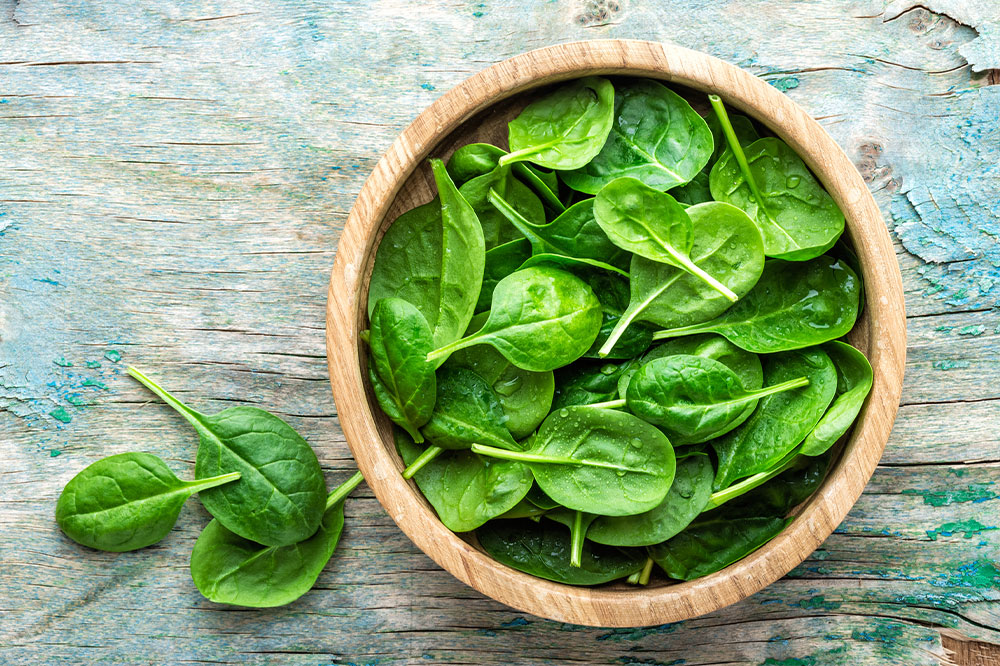10 foods for improving blood count and circulation

Poor blood circulation in the body can be brought on by a number of illnesses, such as stress, diabetes, and peripheral artery disease. Low blood counts, in which the body is unable to create enough red blood cells (RBCs) every day, can also cause poor circulation. Additionally, symptoms including numbness, intestinal issues, and cramps might result from a low blood count. So here are 10 nutritious foods that support a higher blood count and better circulation.
Why is it important to maintain a healthy blood count and circulation?
Blood circulation and a healthy blood count are essential for overall well-being. Not only does the blood carry essential nutrients and oxygen throughout the body, but it also eliminates harmful substances and waste products.
Maintaining a healthy blood count guarantees enough red blood cells to carry oxygen throughout the body. Low counts may cause fatigue, anemia, and other health complications. Additionally, proper blood circulation ensures that oxygen-rich blood flows easily across vessels to nourish organs and cells.
Without it, people could face various health problems, including hypertension, coronary disease, or stroke – so maintaining healthy circulation and counts is essential for overall well-being.
Foods for improving blood count and circulation
Our food provides essential nutrients to the body, improving blood count and blood circulation . We have hereby listed a few foods that promote healthy blood count in the body.
Dark leafy greens
Dark leafy greens like spinach, kale, or collard greens are excellent folate, iron, and vitamin K sources, essential for producing red blood cells and maintaining healthy blood circulation. Eating salads, soups, or smoothies that include these vegetables could benefit blood counts and circulation.
Beets
Beets are an incredibly nutritious and dense root vegetable that has the power to improve circulation and blood flow. High in nitrates, converted by the body into Nitric oxide – a chemical that helps widen blood vessels and increase blood flow. Beets also contain other essential nutrients like folate, iron, and vitamin C. One can roast the beets, make juice out of them, or add them to salads to reap numerous health benefits from this root veggie.
Berries
Berries like blueberries, strawberries, and raspberries contain antioxidants that reduce inflammation and oxidative stress on blood vessels. Furthermore, they have beneficial nutrients like Vitamin C and fiber, as well as anthocyanins which aid in increasing circulation.
Nuts and seeds
Nuts and seeds like walnuts, almonds, and chia seeds are excellent sources of vital fatty acids which reduce inflammation and enhance blood vessel function, leading to improved circulation. Furthermore, these contain beneficial nutrients like magnesium, iron, and vitamin E for improved health.
Omega-3 fats
Omega-3s in fish, nuts, and seeds increase circulation by decreasing inflammation and supporting healthy blood vessel function.
Citrus fruits
Citrus fruits, like grapefruits, lemons, and oranges, are extremely high in vitamin C. This essential nutrient helps boost blood counts and circulation by aiding iron absorption through plant-based food sources. Furthermore, vitamin C has been known to improve the condition of blood vessels and may reduce heart disease risk factors.
Red meat
Red meat like pork, beef and lamb promotes healthy blood circulation. Red meats contain iron that is easily absorbed by the blood, which improves hemoglobin levels and leads to the healthy production of red blood cells.
Garlic
Regular consumption of garlic significantly impacts heart health and blood circulation. Garlic is rich in sulfur compounds like allicin which increases tissue blood flow and reduces blood pressure by relaxing the blood vessels.
Tomatoes
Two minerals that are frequently present in tomatoes are vitamin C and iron. These components make the food suitable for promoting blood health and increasing blood circulation. Lycopene, which is present in tomatoes, can guard against heart disease. Tomatoes include vitamin K, which promotes circulation and controls bleeding and blood clotting.
Onions
Flavonoid antioxidants, which are abundant in onions, assist the arteries and veins in expanding as blood flow increases, improving heart health and circulation.
Conclusion
Eating nutritious foods increases blood count and blood circulation , improving overall well-being and health. Meals that are rich in iron, potassium, vitamin C, healthy fats, and drinking plenty of water will help improve a person’s heart health and blood circulation. Making small changes to one’s eating habits can improve overall well-being and reduce the risk of circulatory problems – leading to healthier living with greater joy.






